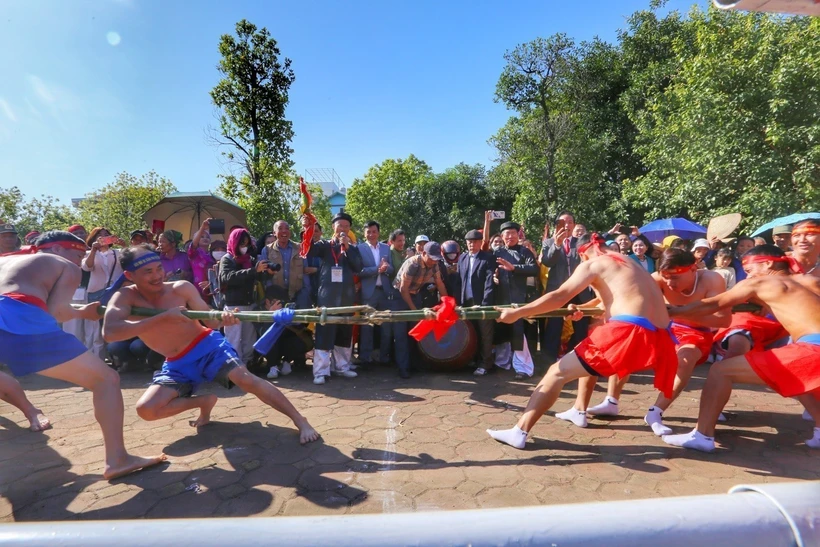
The mine pulling troupe of Xuan Lai village ( Hanoi ) performs. (Photo: Tuan Duc/VNA)
The Tug of War Ritual and Game of the community of Korea, Cambodia, the Philippines and Vietnam was inscribed by UNESCO on the Representative List of the Intangible Cultural Heritage of Humanity in 2015.
In Vietnam, there are 4 localities: Lao Cai, Vinh Phuc , Bac Ninh and Hanoi that have Tug of War Heritage recognized by UNESCO.
The festival has the participation of nearly 500 artisans and practitioners of tug-of-war rituals and games from Bac Ninh , Lao Cai, Vinh Phuc provinces, Hanoi city and Dangjin city (Korea).
Preserving and promoting the value of the Cultural Heritage of Tug of War Rituals and Games is not only the responsibility of the community but also requires the cooperation and responsibility of local authorities as well as the cultural sector, so that the heritage has sustainable vitality in contemporary society.
Form of community life associated with wet rice civilization
Tug of war is a form of community activity that has existed for a long time and is popular in rice-growing agricultural countries in East Asia and Southeast Asia.
According to cultural researchers, Tug of War Rituals and Games are associated with the ancient agriculture of our people, originating from the harvest praying rituals of rice farmers. Living on agriculture, since ancient times, our people have worshiped natural forces, such as the gods of rivers, the sun, the moon, clouds, rain, thunder, lightning... and performed traditional agricultural rituals, to pray for favorable weather and abundant crops.
Therefore, Tug of War has long existed in many communities as an important performance - ritual in village festivals, held in early Spring, to officially close an agricultural cycle and start a new crop season. Tug of War is widely popular in many places, from the North to the South, from the plains to the mountains.
However, Tug of War rituals and games are concentrated mostly in the midlands, the Northern Delta and the North Central Coast - the cradle of the wet rice civilization and the Red River civilization.
Tug of war is also practiced regularly by some ethnic groups in the northern mountainous regions of Vietnam, such as the Tay, Thai, and Giay people - who were early rice growers in history.
The Vietnamese call Tug of War by many names such as “tug of war,” “tug of war with clouds,” “tug of war sitting,” “tug of war with beaks,” the Tay call it “Nhanh vai,” “peng luong,” the Giay call it “So vai,” the Thai call it “Na bai”...
Not only is the name, material, playing method and symbolic meaning of Tug of War very diverse. From the plants that grow in tropical, hot and humid climates, people have selected suitable plants such as bamboo, rattan, rattan... as pulling materials and Tug of War ropes, as well as creating lively ways of Tug of War.
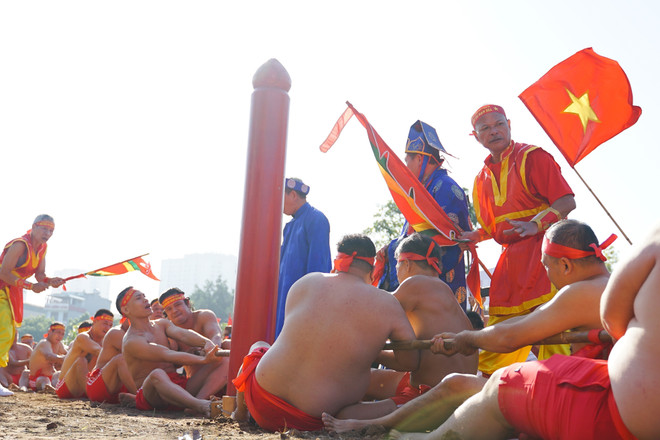
Sitting tug of war is named after the sitting posture of the wrestlers when performing tug of war, a ritual performance at Tran Vu Temple festival in Thach Ban ward, Long Bien district, Hanoi city. (Photo: Khanh Hoa/VNA)
There are two main ways to play Tug of War: Sitting Tug of War (players sit in a hole dug into the ground, feet resting on a support in front to pull a rope in opposite directions) and Standing Tug of War.
The Tay and Thai people in mountainous areas often use rattan or forest ropes to pull, while in the Northern Delta, communities often use string, rope or bamboo as pulling objects... The rules for selecting participants in Tug of War also have many different variations, reflecting ethnic factors.
It can be seen that, although the culture, customs and practices of different regions, countries are different, the rituals and tug of war games have similarities in philosophy of life, are symbols of community cohesion, connection between people and nature...
According to Associate Professor, Doctor Do Van Tru, Chairman of the Vietnam Cultural Heritage Association, Tug of War Rituals and Games are extremely valuable cultural heritages, existing throughout the country, not only in the Kinh community, but also in ethnic groups such as Tay and Day, each with its own nuances, creating cultural diversity. Tug of War is not only a game or sport, but also a sacred ritual associated with the spiritual life, spirituality, and good wishes of the community, with its own nuances of each country and each region.
Strengthening the connection of heritage practices
After 8 years of being honored by UNESCO, for the first time, a Vietnam-Korea Tug of War Ritual and Game Performance Festival took place at Tran Vu Temple National Monument (Thach Ban Ward, Long Bien District, Hanoi) on November 17-18, 2023, with the participation of nearly 500 artisans, practitioners of Tug of War rituals and games from Bac Ninh, Lao Cai, Vinh Phuc provinces, Hanoi city and Dangjin city (Korea).
The festival aims to enhance connection and exchange between communities practicing the Heritage of Ritual and Tug of War in Vietnam and countries with UNESCO-recognized heritage.
At this festival, the people of the capital and visitors from all over witnessed the performance of Tug of War Ritual and Games with the participation of Gijisi Tug of War Association (Dangjin city, Korea) and 7 Tug of War communities in Vietnam, including: Sitting Tug of War at Tran Vu Temple (Long Bien district, Hanoi); Mine Tug of War in Xuan Lai village (Soc Son district, Hanoi); Mine Tug of War in Ngai Khe village (Phu Xuyen district, Hanoi); Bamboo Tug of War in Huu Chap village (Bac Ninh); River Tug of War in Huong Canh town (Binh Xuyen, Vinh Phuc province); Tug of War in Hoa Loan village (Vinh Tuong district, Vinh Phuc province); Tug of War of the Tay community (Bac Ha district, Lao Cai province).
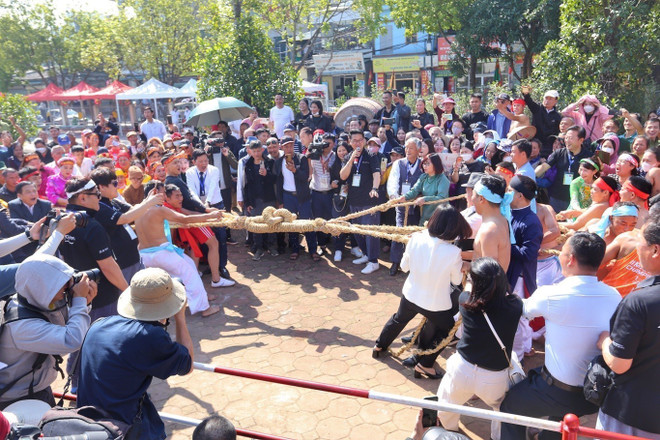
Delegates and people participate in the Gojisi tug of war in Korea. (Photo: Tuan Duc/VNA)
Amidst the cheers and encouragement of numerous domestic and foreign tourists, the Tug of War rituals and games of the Vietnamese-Korean Tug of War communities were performed in a unique and impressive manner.
The public was particularly impressed with the ritual and the sitting Tug of War at Tran Vu Temple (Long Bien District). The image of strong, bare-chested young men with red scarves on their heads, sitting and playing Tug of War in a bustling atmosphere with enthusiastic cheers from everyone attracted a large audience.
Viewers were also impressed with the performance of the Tug of War ritual of the Tay community (Bac Ha district, Lao Cai province). Before the Tug of War ritual took place, people prepared sticky rice, chicken, fruits, and candies as offerings to the gods. During the Tug of War, the shaman performed the ceremony, guided the tug of war, and gave the signal to everyone. One of the special features of the Tug of War ritual of the Tay community is that the Tug of War team has one male side and one female side.
The public was also very excited by the performance of the artisans of the Gijisi Tug of War Association (Dangjin City, Korea), because the tug of war rope in Korea is mainly made of straw and reinforced with other materials, such as bamboo, tree bark, nylon thread... In particular, Korean tug of war uses many types of tug of war ropes including single ropes, double ropes and ropes shaped like crabs, octopuses (many legs)...
“When recognized by UNESCO, this heritage does not only belong to a single community or Vietnam, but is also part of the world heritage. Therefore, we need to preserve, promote, and connect domestic communities, thereby connecting with other countries that also own this heritage,” Associate Professor, Dr. Do Van Tru, Member of the National Cultural Heritage Council, Chairman of the Vietnam Cultural Heritage Association affirmed./.
Source: http://vietnamplus.vn/bao-ton-va-phat-huy-gia-tri-cua-di-san-van-hoa-phi-vat-the-da-quoc-gia-keo-co-post909218.vnp



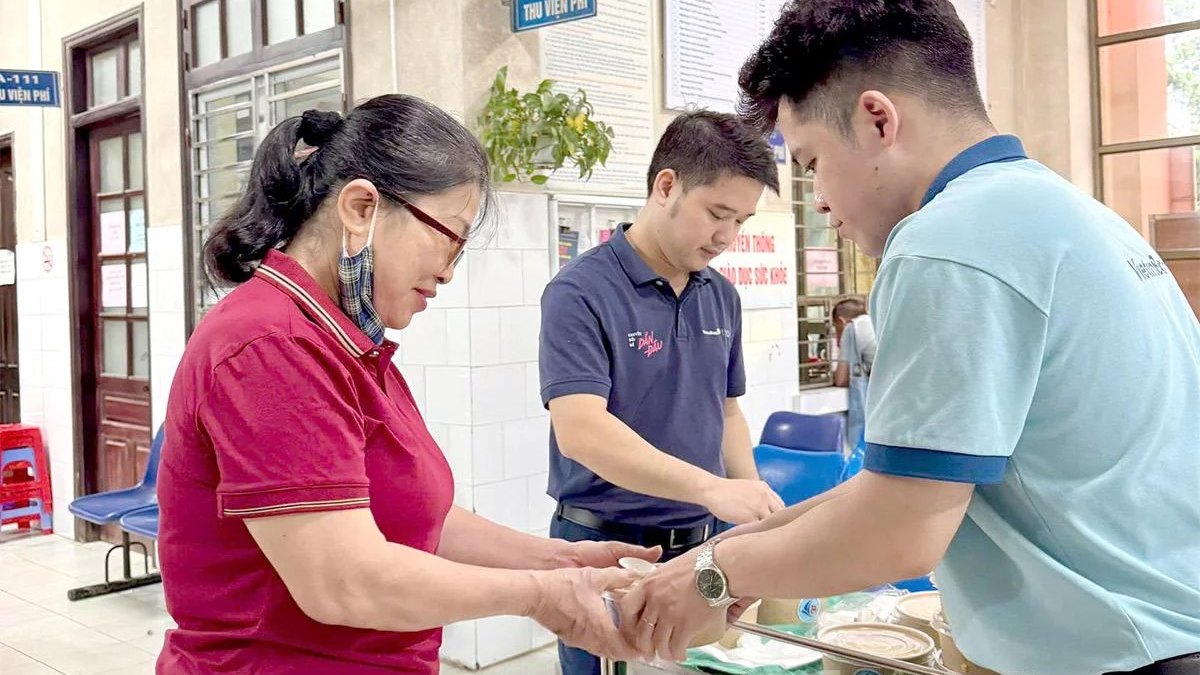

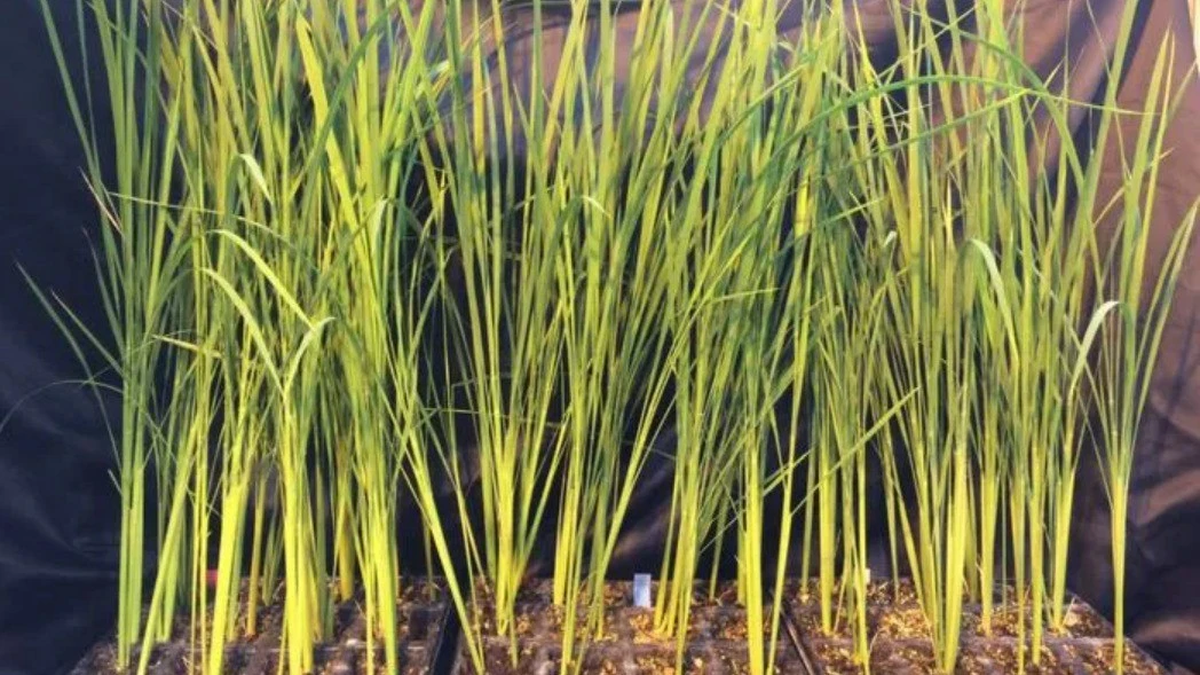
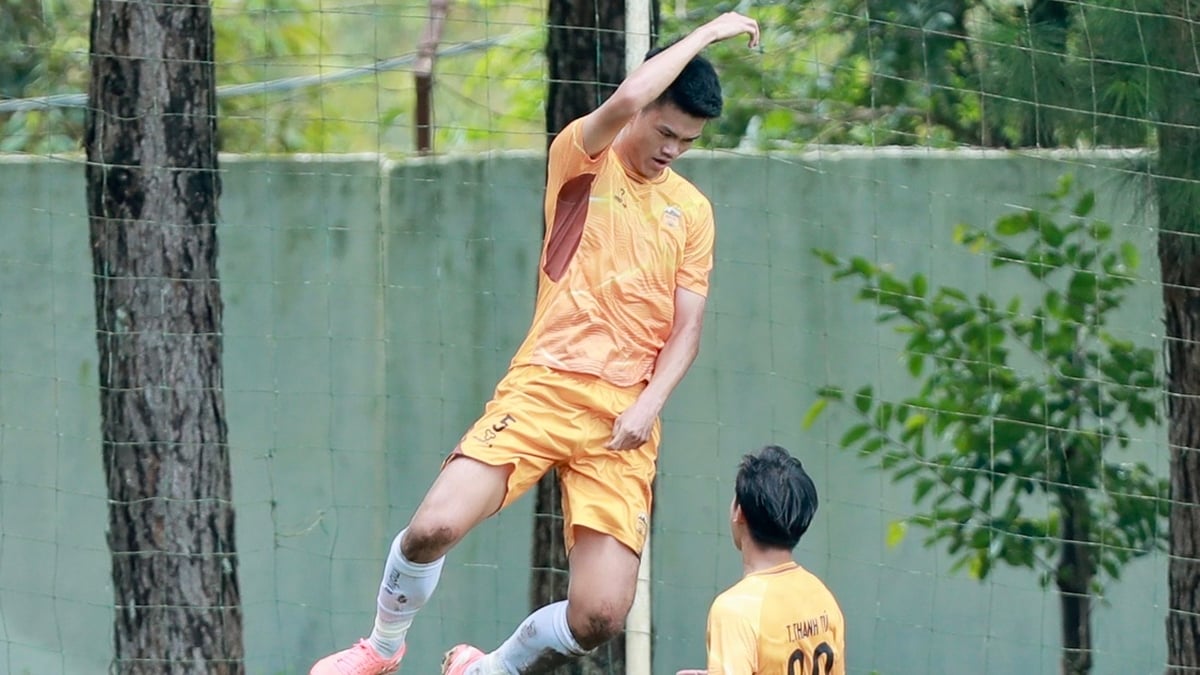



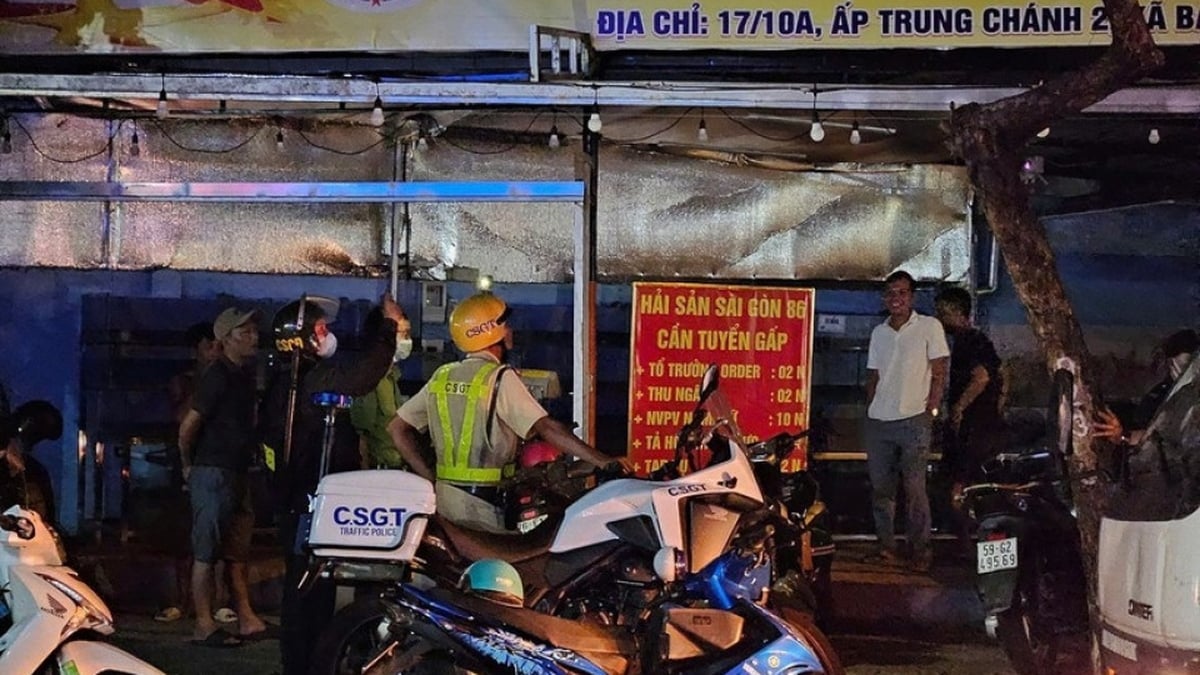
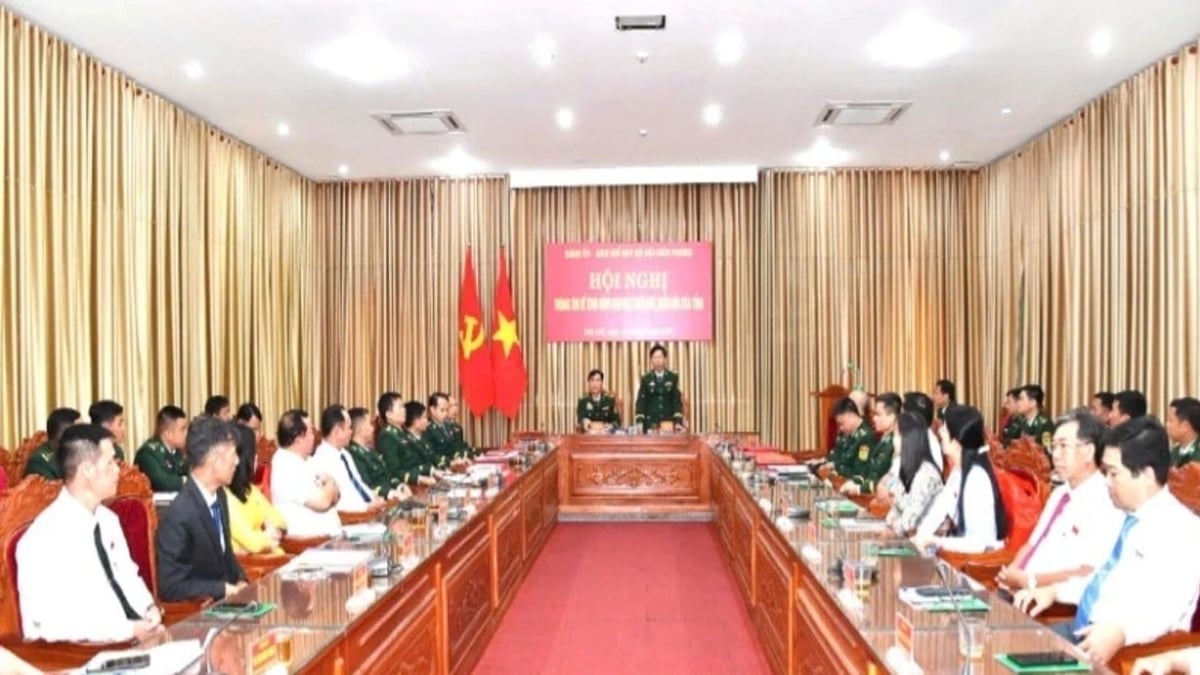


























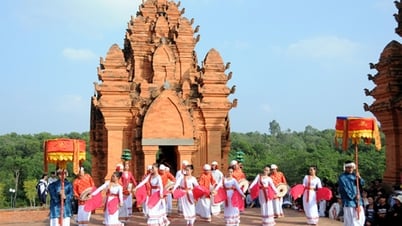



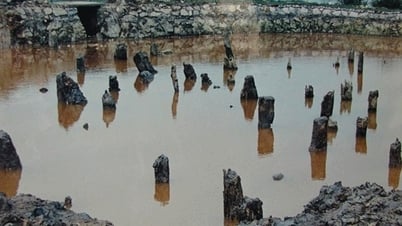

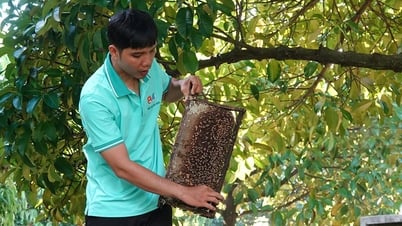



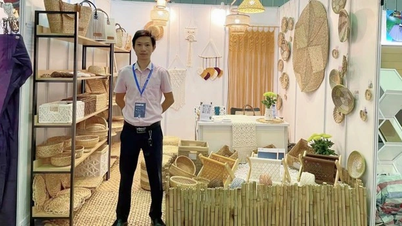
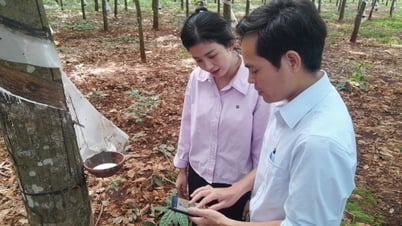


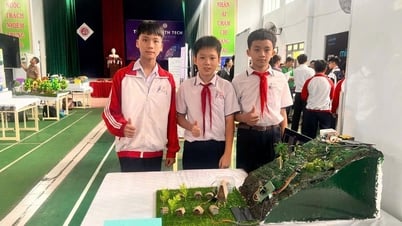








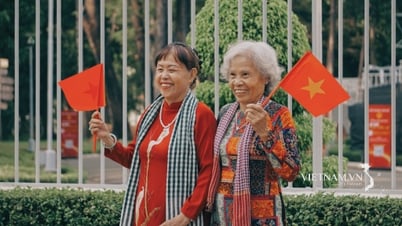

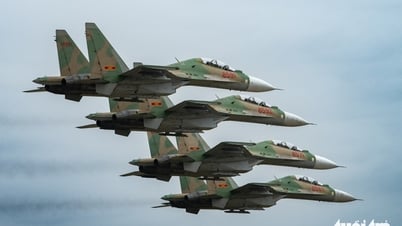

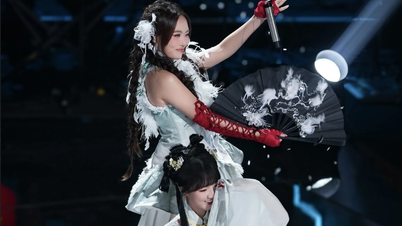









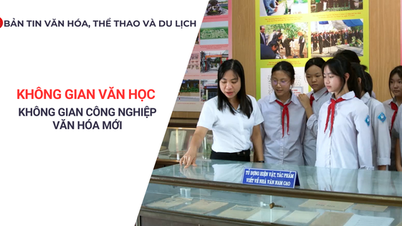
























Comment (0)